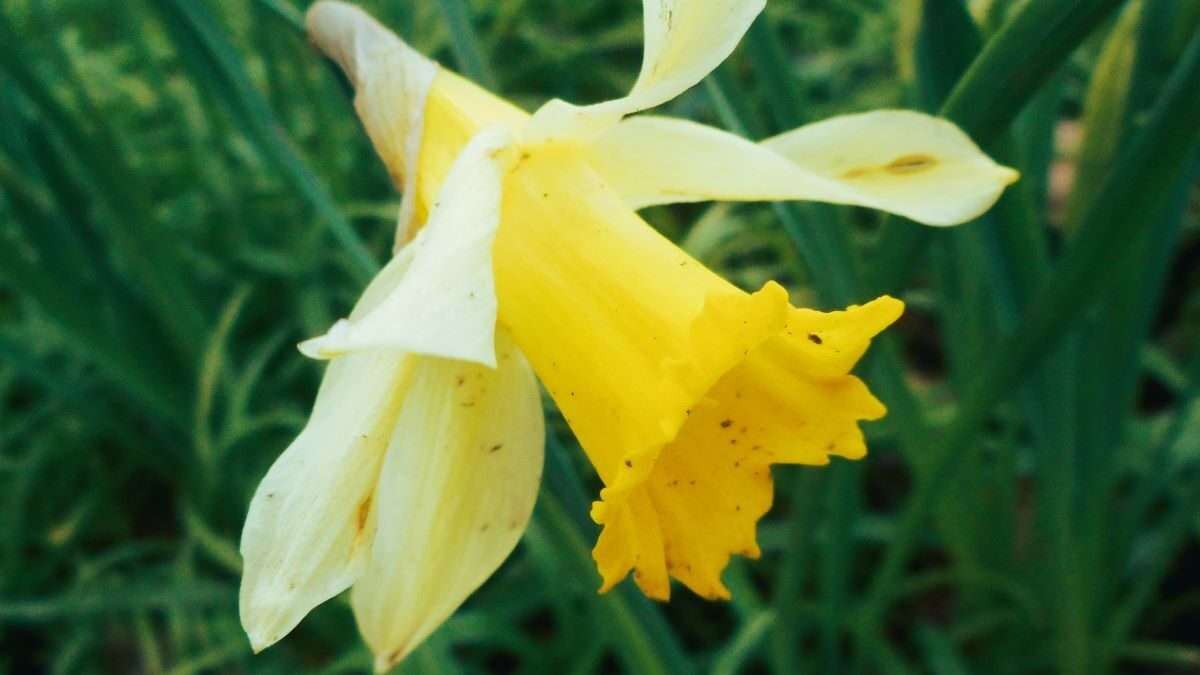Bright and zingy, even on grey days. The yellow petals give a splash of positivity that lifts spirits, and I cannot resist photographing daffodils.
They are probably the first type of flower I encountered as a child. Then, like others, I was enchanted to read about them at school in the poem, ‘I Wandered Lonely as a Cloud’ by William Wordsworth. It’s still a favourite of mine.
Daffodils herald spring, daubing fields and woodlands with colour. Bunches for sale in the shops. Our home looks a treat with a vaseful in the hall to welcome callers.
Recently, I was struck by the cheerfulness they conveyed alongside a coastal path. With their heads gazing to the horizon, the vibrancy of the blooms against the sea’s cool subtle hues was striking.
I realised how much I take these floral delights for granted.
My curiosity aroused – I decided to find out more.
Common names: Daffodil, jonquil and narcissus. Botanical name: Narcissus. Family name: Amaryllidaceae. The facts, but what about beliefs and folklore?
Their story here in Britain started with the Romans, who reckoned the sap healed wounds, but this was wrong as it can cause irritation to the skin and must never be ingested.
On a happier note, in Victorian times daffodils presented in a bouquet meant the sender was full of respect and admiration for the recipient, even though they were considered wildflowers by them.
These days, some cultures believe they bring wealth and good fortune.
Not so for the handsome youth Narcissus from Greek Mythology, though, who fell in love with his reflection in a pool. Leaning over to embrace it, he tumbled in, drowned, and turned into the flower until he died. It’s the legend behind why daffodils are often found sprouting beside water with necks bent as if admiring their image.
The psychological term Narcissism also derives from this tale – a sad association with such a fascinating plant.
Mr Word Loft always refers to them as Daffodillies, but they have different nicknames including Yellow Maidens and Eggs and Butter in other parts of the country. But whatever the locality, they are March’s flower of the month, and a sign of rebirth and new beginnings.
Interestingly, they are thought to promote creativity, inspiration, and inner reflection, which I agree with, seeing that they started me off on a quest for information and a charming topic for this blog post.
Until next time,
Sue. X

